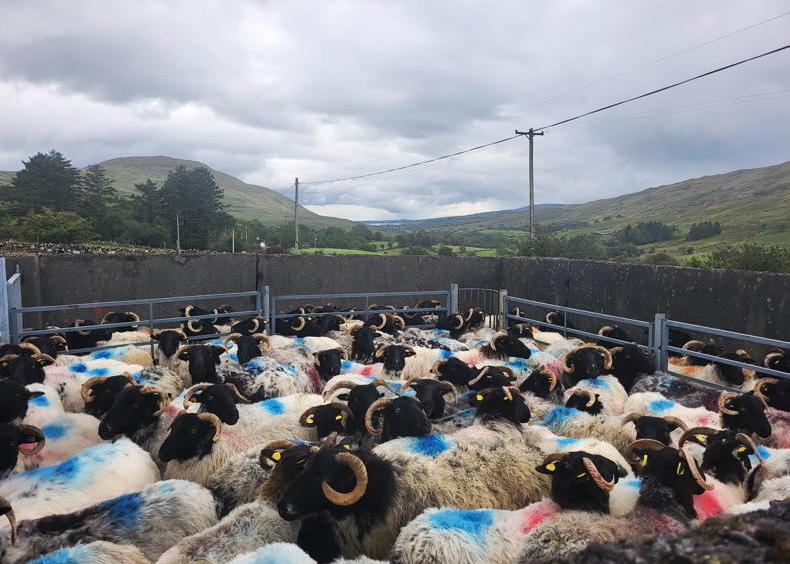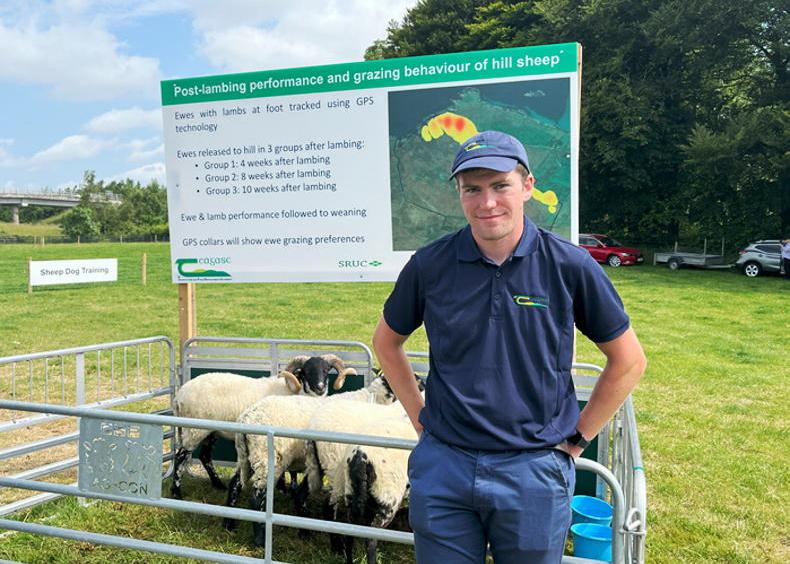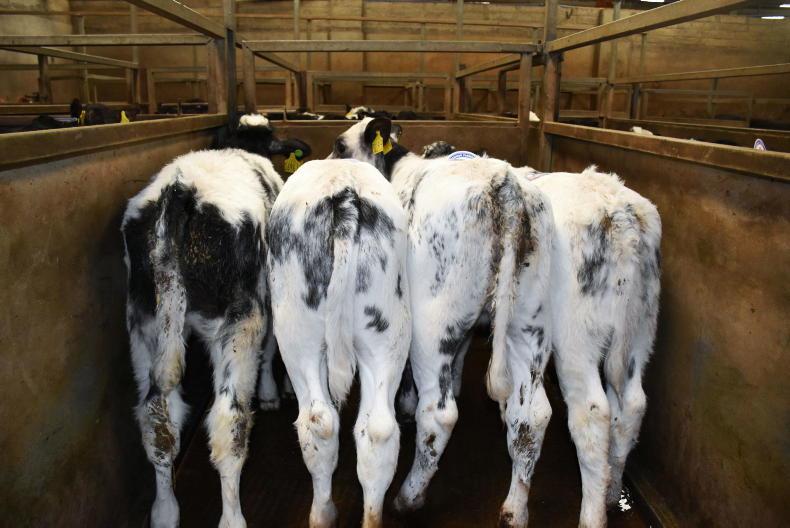A significant challenge when increasing output in hill sheep flocks is the tendency for high barren rates relative to levels recorded in lowland flocks.
Ewe body condition, liveweight, nutrition and health are all factors that are linked with conception or barren rates.
However, even where all of these measures are addressed, there are still many flocks which continually grapple with barren rates, with this remaining a significant challenge for the hill sheep sector.
The experience to-date from flocks participating in the Northern Ireland Sheep Programme with a hill sheep enterprise add weight to this statement, with 2022 scanning results showing contrasting fortunes for the flocks and again showing continued issues.
Table 1 details the performance across the four participants with hill ewes.
James McCay, who farms a hill and lowland flock in Drumquin, Co Tyrone, recorded the highest barren rate of 15.8%.
This is similar to his 2021 performance and is extremely frustrating for James, who is exhausting all avenues to try and reduce barren rates in his Scottish Blackface ewes.
An extensive level of blood sampling was carried out in 2021, following scanning, to identify if any unknown mineral deficiencies had cropped up and to investigate if any abortion-causing agents were present. The presence of liver fluke was also investigated.
In autumn 2021, ewes were body condition scored regularly and prioritised with the best quality forage on the farm, while concentrate feeding was also introduced for a period as an insurance policy to guard against a nutritional intake deficit.
A comprehensive health programme, including vaccination for toxoplasmosis and enzootic abortion, is also in place along with mineral supplementation and treatment for liver fluke.
James feels that he may have no option but to explore incorporating some Swaledale genetics in to the flock in the hope that hybrid vigour may reduce barren rates.
His lowland flock, which comprises mainly Texel-cross ewes bred from the hill sheep flock, has no such issues, with barren rates in this flock recorded at zero and 3% in 2021/2022 and 2020/2021 seasons, respectively.
Issues in young ewes
Clement Lynch has experienced a similar situation to James in recent years with the barren rate in his flock at Park, Co Derry, remaining stubbornly in excess of 10% despite management practices being continually tweaked to try and improve conception rates.
Clement’s experience is that issues are most prevalent in two-tooth hoggets.
He has tracked performance from the hill sheep flock into his lowland flock and like James, has not uncovered any crossover of problems.
Dermot McAleese’s flock in Loughgiel, Co Antrim, recorded an uncharacteristic increase in barren rates this season.
The flock had excelled in terms of breeding performance in recent years and this was helped by aged ewes and replacement ewe lambs being sent to winter grazing.
An investigation into possible reasons contributing to these higher barren rates has thrown up the suggestion of some two-tooth hoggets being below optimum breeding weights.
There were in the region of 15 hoggets which recorded an average liveweight of 44kg post-scanning, with the desired weight for these sheep being in the region of 50kg liveweight.
Improved performance
In contrast, the two hill sheep flocks operated by brothers, Peter and Karol McCaughan in Glenshesk, Ballycastle, Co Antrim, recorded a vast reduction in barren rates.
There are two flocks on the farm, with one run on a hard hill where the aim is to regenerate the flock on an annual basis and a flock run on upland grazing.
Programme adviser Senan White attributes the improvement in performance to a combination of improved ewe condition, a strict culling policy and performance recording and an extensive health programme, including scanning for OPA.
The favourable weather conditions and positive growth last autumn are also viewed as having a beneficial effect on breeding performance.










SHARING OPTIONS